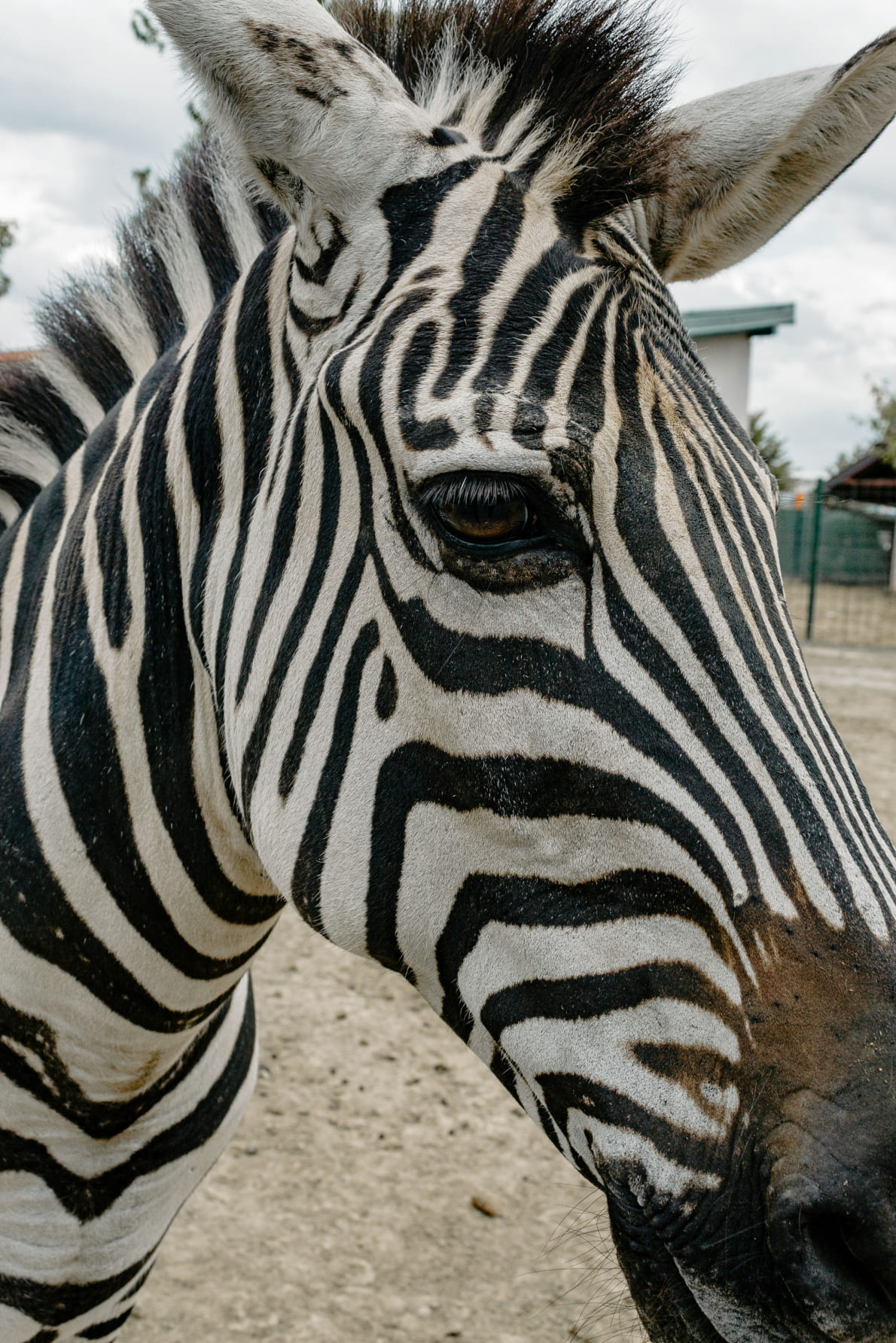- [email protected]
- Mon - Sat 8:00 - 6:30, Sunday - CLOSED
Journey Through the Zoo

Burchell’s Zebra: Stripes in Motion
Burchell’s zebra (Equus quagga burchellii), also known as the plains zebra, is one of the most recognizable animals in the world. Its iconic black-and-white stripes are not just for show; they serve as camouflage and a way to deter biting insects. Native to the savannas and grasslands of Africa, these zebras are known for their endurance, social structures, and adaptability.
In zoos, Burchell’s zebras live in spacious, open enclosures designed to mimic the African plains. Their habitats often include grassy areas for grazing, dirt patches for rolling, and shaded spots for resting. Zebras are highly social, so they are housed in groups, allowing visitors to observe their herd dynamics and interactions.
A zebra’s diet in captivity consists of fresh grass, hay, and specially formulated pellets to meet their nutritional needs. Enrichment activities, such as scattering food or introducing new plants into their environment, encourage natural foraging behaviors.
Visitors are often mesmerized by the zebras’ movements, watching them trot gracefully across their enclosure or interact with one another. Zoos use these exhibits to educate the public about the threats zebras face in the wild, including habitat loss and poaching, and highlight the importance of conserving African grasslands.
